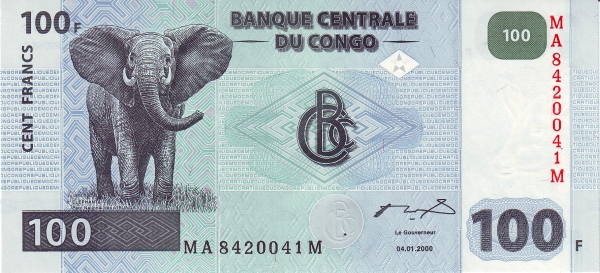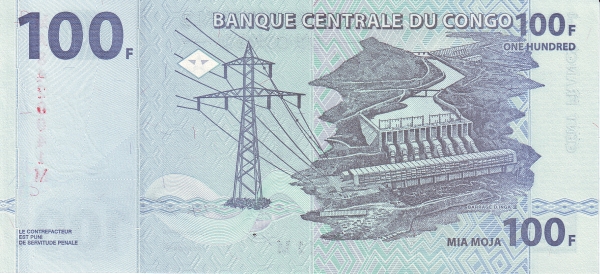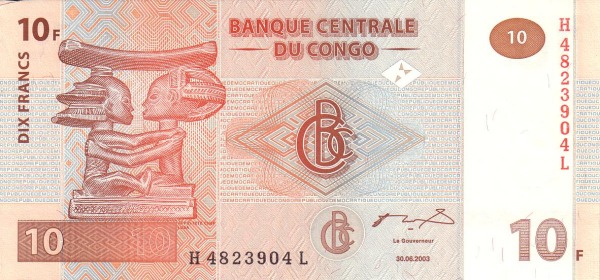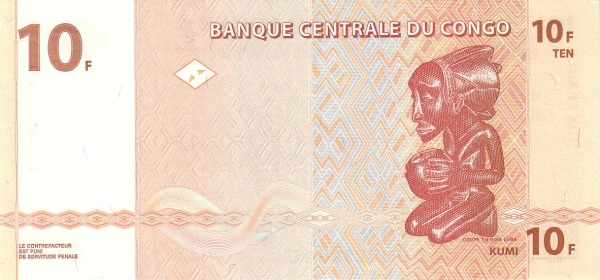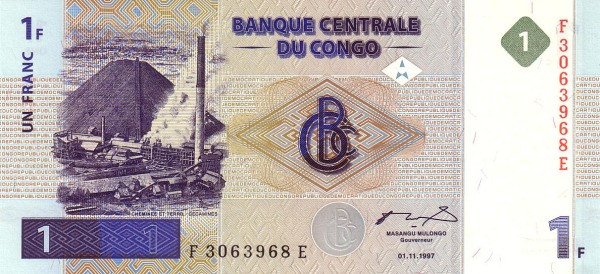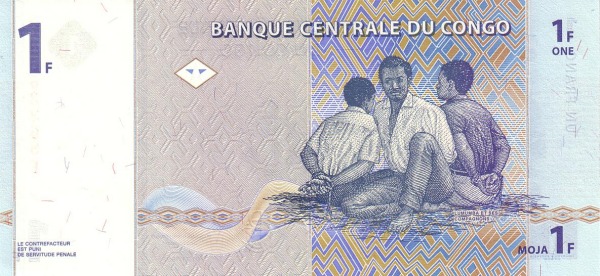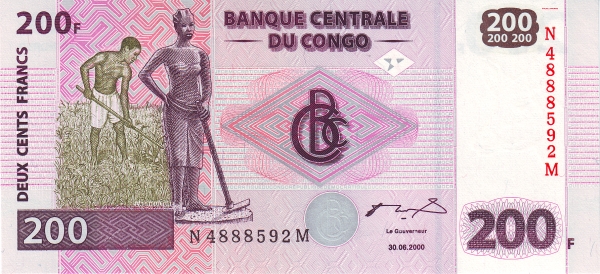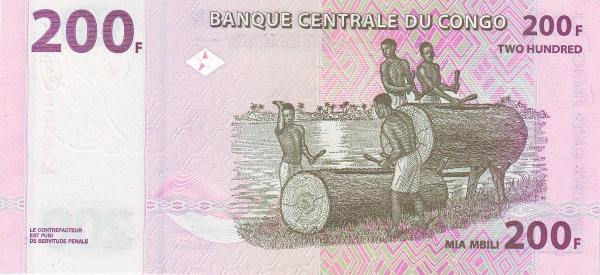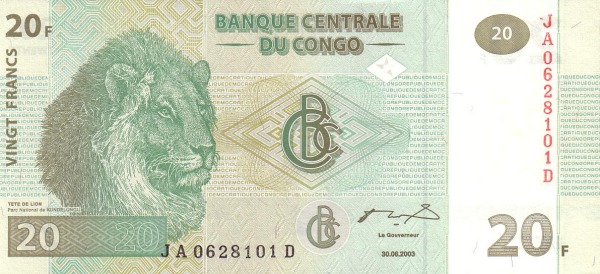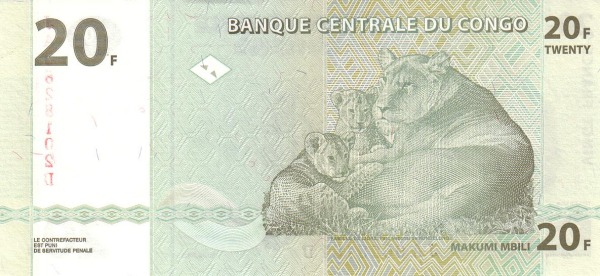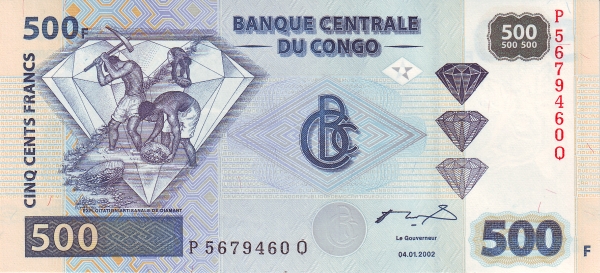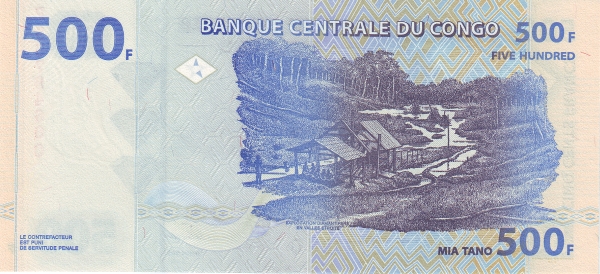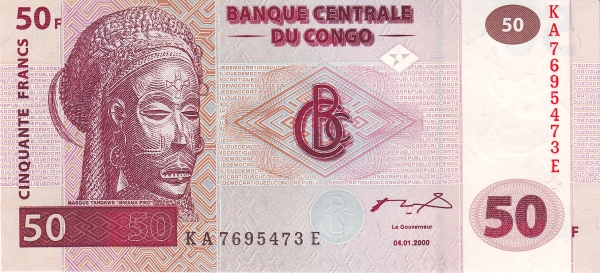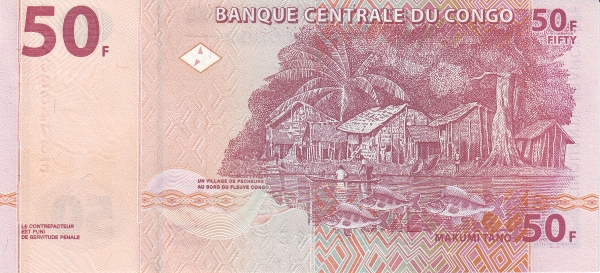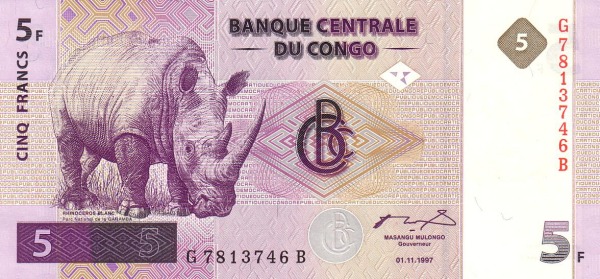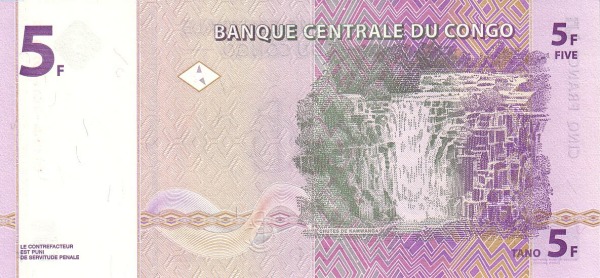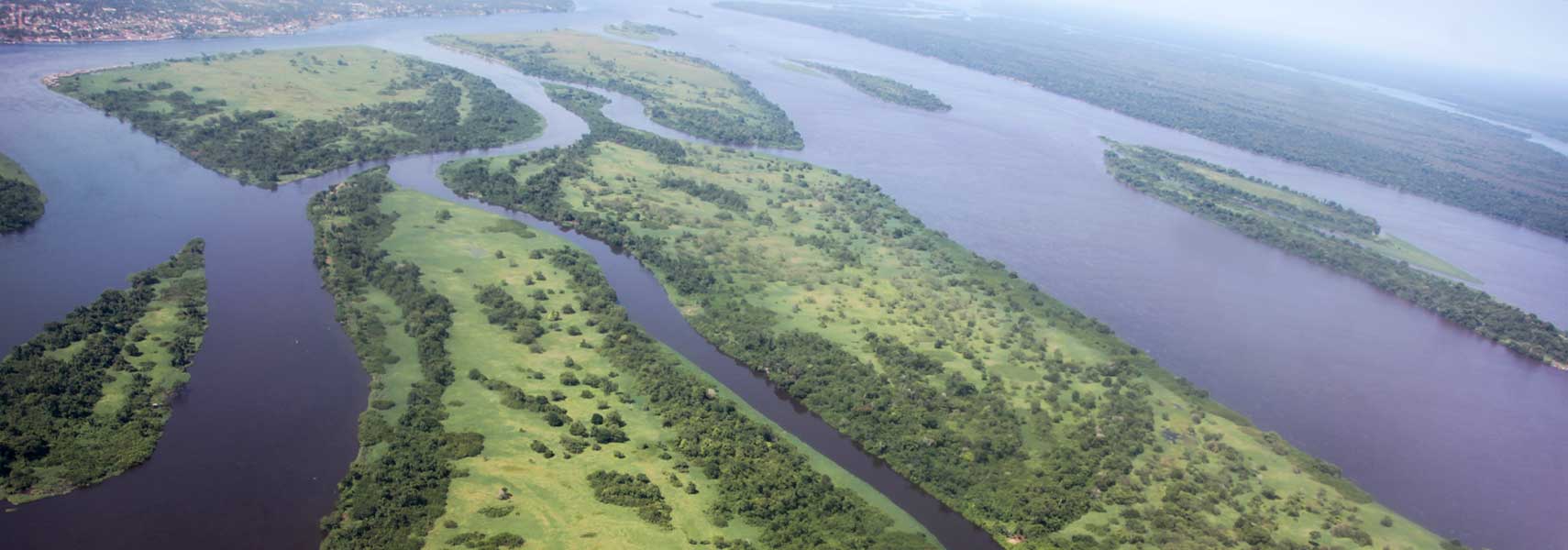Exploring the Democratic Republic of the Congo
The Democratic Republic of the Congo, a magnificent country in Central Sub-Saharan Africa, formerly known as Zaire, has much to offer. This captivating nation, often referred to simply as DRC or Congo-Kinshasa, serves as a cultural and geographical treasure trove. Adventure awaits in a land boasting vast landscapes and rich heritage, which is enhanced by being bordered by nine nations: Angola, Burundi, the Central African Republic, the Republic of the Congo, Rwanda, South Sudan, Tanzania, Uganda, and Zambia. Interestingly, the country only possesses a narrow 45 km coastline, granting it limited access to the Atlantic Ocean. Nevertheless, the five Great Lakes of Africa—Lake Albert, Lake Edward, Lake Kivu, Lake Tanganyika, and Lake Mweru—grace its eastern border, further enhancing its natural beauty.
Geography and Size of the Democratic Republic of the Congo
Occupying an impressive area of 2,344,858 km², the Democratic Republic of the Congo ranks as the second largest country in Africa, trailing behind Algeria. To put its size into perspective, the DROC is nearly three times the size of Turkey and slightly less than one-fourth of the United States. Such vastness allows for diverse ecosystems ranging from tropical rainforests to savannas and dense grasslands.
Demographics: The People of the DROC
With an estimated population of 109 million people as of 2024, the Democratic Republic of the Congo boasts a vibrant tapestry of cultures and languages. The capital city, Kinshasa, stands as the largest urban center in this vast nation. French serves as the official language, and alongside it, several national languages are spoken: Lingala, Kikongo, Kituba, Swahili, and Tshiluba. Notably, over 90% of the population identifies as Christian, showcasing the significant influence of religion in daily life.
A Brief Historical Overview
The historical backdrop of the Democratic Republic of the Congo is an intricate tale steeped in both colonialism and resilience. Once a Belgian colony established in 1908, the country gained independence in 1960. Can you imagine, though, how this newfound freedom quickly spiraled into chaos? The early years of independence experienced political turmoil, leading Colonel Joseph Mobutu to seize power in a coup in November 1965. He subsequently transformed his name to Mobutu Sese Seko, along with renaming the country to Zaire.
Mobutu's reign lasted an astonishing 32 years, riddled with sham elections and authoritarian methods. Notably, during this period, the Democratic Republic of the Congo suffered significantly due to ethnic conflicts and armed struggles. The turmoil escalated, particularly in 1994, when Rwanda and Burundi faced their crises. This culminated in a massive influx of refugees into the DRC, which, unfortunately, exacerbated local tensions.
The Turn of the New Millennium
By May 1997, Mobutu's rule faced its end as a rebellion led by Laurent Kabila succeeded in toppling his regime. Upon taking control, Kabila renamed the nation back to the Democratic Republic of the Congo. Yet, just a year later, the new government faced insurgency, largely supported by Rwanda and Uganda. In this intricate chess game, regional powers intervened, complicating an already fragile situation.
Despite the signing of a cease-fire in July 1999, sporadic violence persisted throughout the ensuing years. Kabila’s assassination in January 2001 brought Joseph Kabila to power, who endeavored to restore some semblance of order. By October 2002, Joseph managed to negotiate the withdrawal of Rwandan forces from the eastern regions, representing a significant turning point for stability.
The Humanitarian Crisis
Although efforts to stabilize the Democratic Republic of the Congo continued, the nation struggles with severe humanitarian crises. Between 1998 and 2003, the country witnessed an unimaginable death toll, with estimates suggesting up to six million people lost their lives due to conflict. Moreover, over two million people faced displacement during this tumultuous period. This heartbreaking situation signifies one of the deadliest conflicts since World War II, leaving countless citizens enduring the dire consequences.
Government Structure of the DROC
Today, the Democratic Republic of the Congo operates as a republic, characterized by a highly centralized transitional regime. The executive power resides with the president, who plays a pivotal role in the political landscape. The country achieved independence on June 30, 1960, establishing a constitution that was later modified on February 18, 2006, in an attempt to pave the way for orderly governance.
Geographical Wonders of the Democratic Republic of the Congo
Geographically, the Democratic Republic of the Congo presents a stunning range of natural features. With elevations soaring dramatically, Pic Marguerite in the Rwenzori Range rises to 5,110 meters, marking the country's highest point. Such peaks contrast sharply with the vast tropical rainforests that blanket lower areas. The diverse climate varies significantly across the nation, offering everything from hot and humid conditions in the northern and western areas to cooler, drier zones in the southern and eastern parts.
Demographics and Cultural Diversity
The people of the Democratic Republic of the Congo are distinguished by their variety. More than 200 ethnic groups contribute to the rich cultural fabric of the nation. Among these, the Luba, Kongo, and Anamongo represent some of the largest tribal clusters. Literacy rates hover around 80%, reflecting the challenges the nation faces in education as it continues its recovery journey.
Natural Wealth of the DROC
In addition to its dramatic landscapes, the Democratic Republic of the Congo possesses immense natural resources. Cobalt, copper, and coltan stand out as valuable minerals extracted for global use. Furthermore, the country is home to industrial diamonds, gold, silver, zinc, manganese, coal, and rich timber reserves. Such abundance offers significant economic potential despite the challenges the nation faces.
Agriculture and Industry
The agricultural sector flourishes, producing coffee, sugar, palm oil, and cassava among other products. Additionally, it cultivates a variety of fruits and root crops essential for local consumption. The industries within the Democratic Republic of the Congo primarily focus on mining, processing minerals, and manufacturing consumer products. This economic base provides opportunities for growth, yet the country remains deeply intertwined in issues surrounding governance and civil conflict.
Trade Relationships
The Democratic Republic of the Congo maintains various trade relationships vital for its economy. In 2022, major export partners included China, Singapore, the UAE, Hong Kong, and Tanzania. Trade with China notably comprised 55% of the DROC's exports. Meanwhile, imports primarily originated from China, Zambia, South Africa, the UAE, and India. These economic ties will play a crucial role in the nation’s ongoing development.
Future of the Democratic Republic of the Congo
As the Democratic Republic of the Congo continues to navigate the complexities of its past, one cannot overlook its potential. With a rich tapestry of cultures, abundant resources, and a resilient population, this nation stands at a pivotal juncture. Through the keys of unity and cooperation, the DROC can work towards a brighter future filled with the promise of peace and prosperity.
Largest cities of: Democratic Republic of the Congo
| City Name | Population | Year of foundation | |
| Kinshasa | 14,650,000 | 1881 | |
| Lubumbashi | 1,760,000 | 1910 | |
| Mbuji-Mayi | 1,230,000 | 1909 | |
| Kananga | 1,000,000 | 1910 | |
| Guyane | 850,000 | 1880 | |
| Tshikapa | 600,000 | 1943 | |
| Kolwezi | 550,000 | 1901 | |
| Bukavu | 400,000 | 1901 |
Democratic Republic of the Congo: Money
